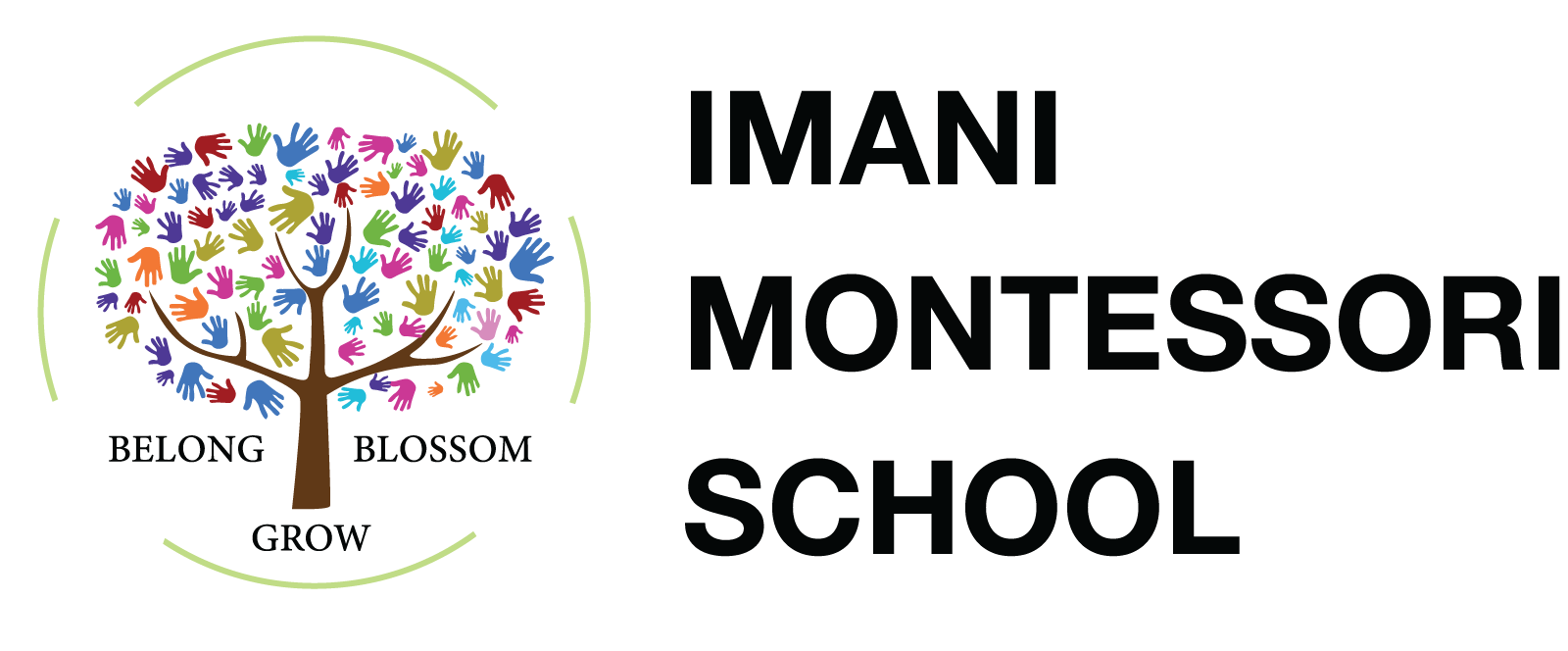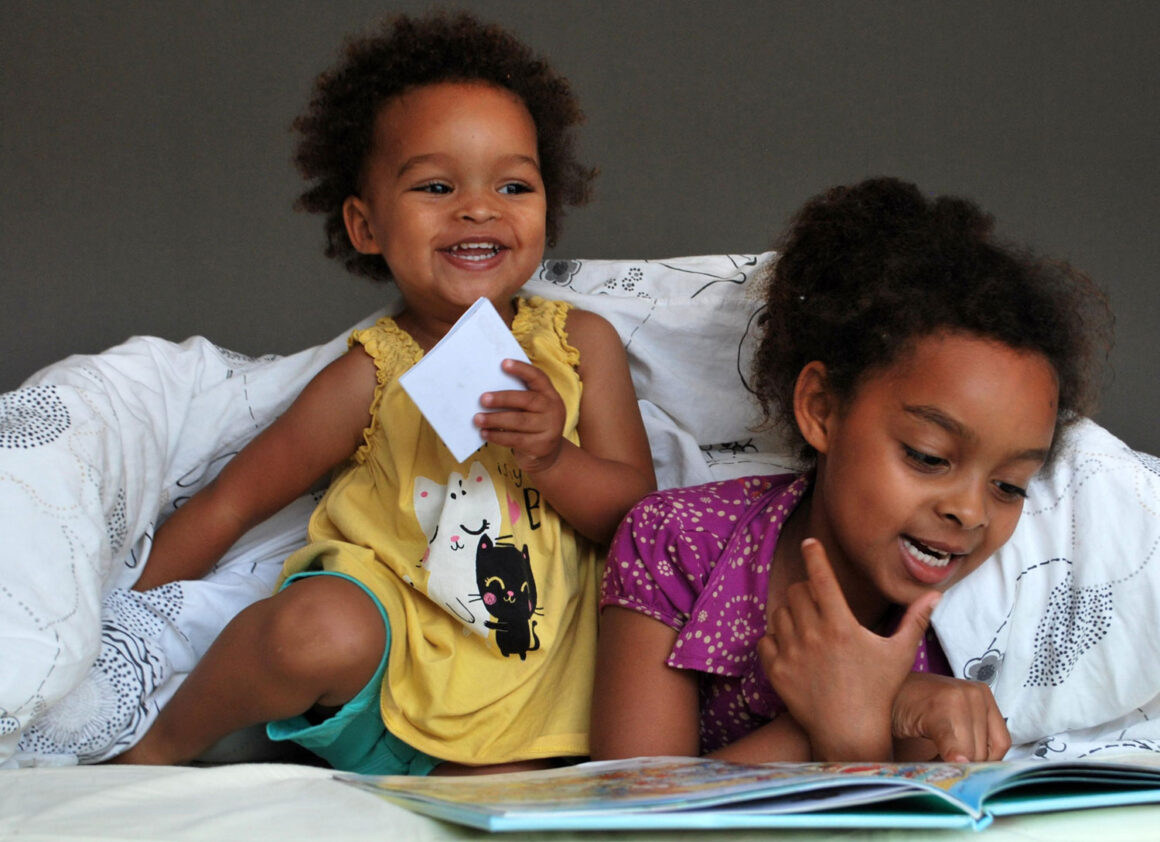When children begin their journey toward reading and writing, the first steps often happen quietly, in play, in conversation, in those small “I can do it!” moments that seem almost accidental. In a Montessori kindergarten, we know they’re not accidental at all. We’ve been preparing for them since the first day a child walked through the classroom door.
Language begins in the ear
Before a pencil is picked up, before letters are traced, literacy begins with listening. In our classrooms, the first “reading” lessons might happen on the mat during a game:
“I spy something that starts with /s/.”
“The sun!”
“Yes, sun starts with /s/.”
These games, called Sound Games, are simple, but they do something profound. They sharpen a child’s ability to hear the individual sounds in words — a skill known as phonemic awareness. Without it, reading can be a constant uphill climb. With it, the door to literacy swings wide open.
Learning through the senses
Montessori children don’t just see letters, they feel them. The Sandpaper Letters are cut from textured paper and mounted on wood. A child traces the letter with their fingers while saying its sound aloud. It’s a moment of complete sensory connection: the roughness under the fingertips, the shape in the eyes, the sound on the lips.
We teach the sound before the name of the letter because sounds are what unlock reading and writing. This means a child who learns /m/ as in mango and /a/ as in apple can begin building words long before they can list the alphabet in order.
Writing before reading
This is the part that surprises many parents: in Montessori, children often write before they read. But we don’t mean handwriting, that comes later. We mean spelling with the Moveable Alphabet.
The letters are large, sturdy, and tactile. A child who can hear /c/, /a/, and /t/ can place C–A–T on the mat. They may not yet be able to “read” cat in a book, but they have begun translating sound into symbol, a leap that makes reading easier when it comes.
Their spelling at this stage is phonetic and unpolished, “frend” for friend, “blu” for blue, but each word they build is their own creation, and that sense of authorship is powerful.
Reading as a natural next step
Because writing with the Moveable Alphabet has already given children a deep familiarity with the sound–symbol relationship, reading often follows without pressure. Sometimes it’s gradual: recognising words here and there. Sometimes it’s sudden, what Montessori called “the explosion into reading.”
We offer plenty of opportunities for practice, baskets of early readers, labels around the classroom, instructions for activities, but we let reading emerge as something useful and joyful, not a forced requirement.
Supporting literacy at home
Parents sometimes worry about “keeping up” with literacy milestones. In the Montessori setting, we trust the process, and you can, too. The most valuable things you can do at home aren’t about drills or flashcards.
-
Talk a lot. Conversations build vocabulary and comprehension.
-
Read together. Not just at bedtime, while cooking, while waiting, while relaxing in the garden.
-
Write for real purposes. Shopping lists, birthday cards, labels for toy boxes.
Children pick up the message that reading and writing matter because they see it woven into daily life.


Join the Conversation